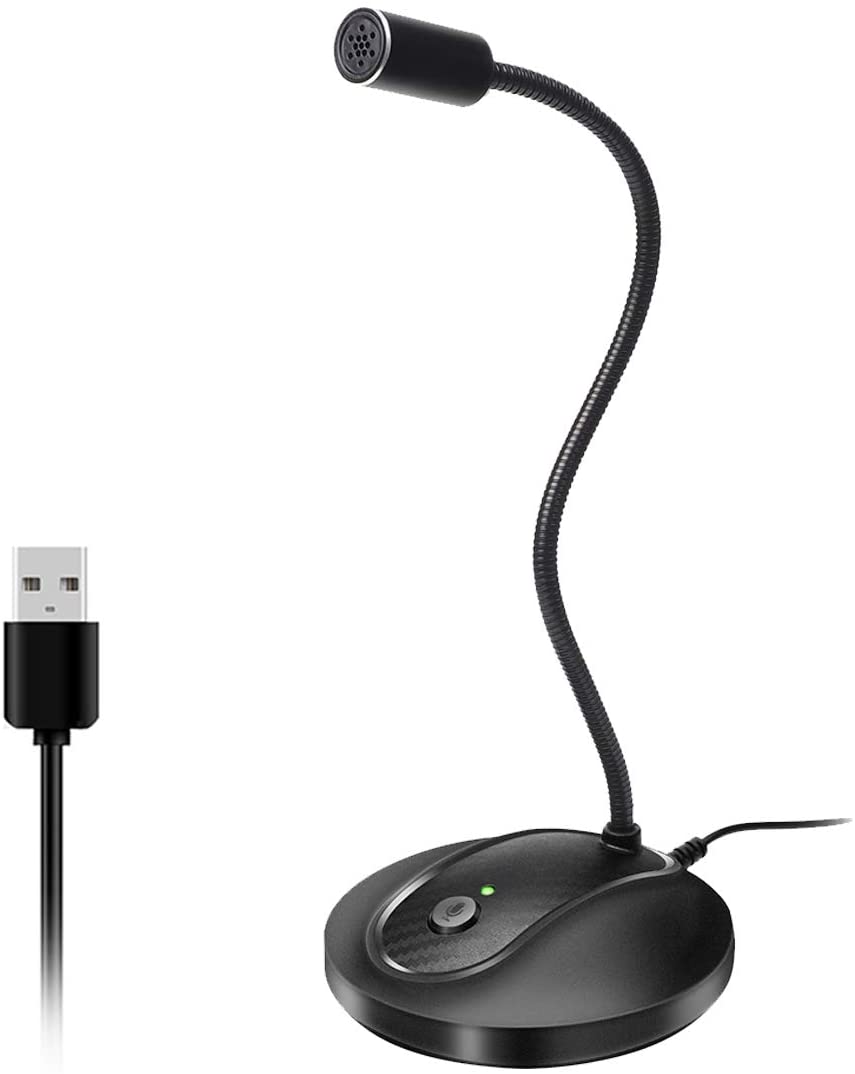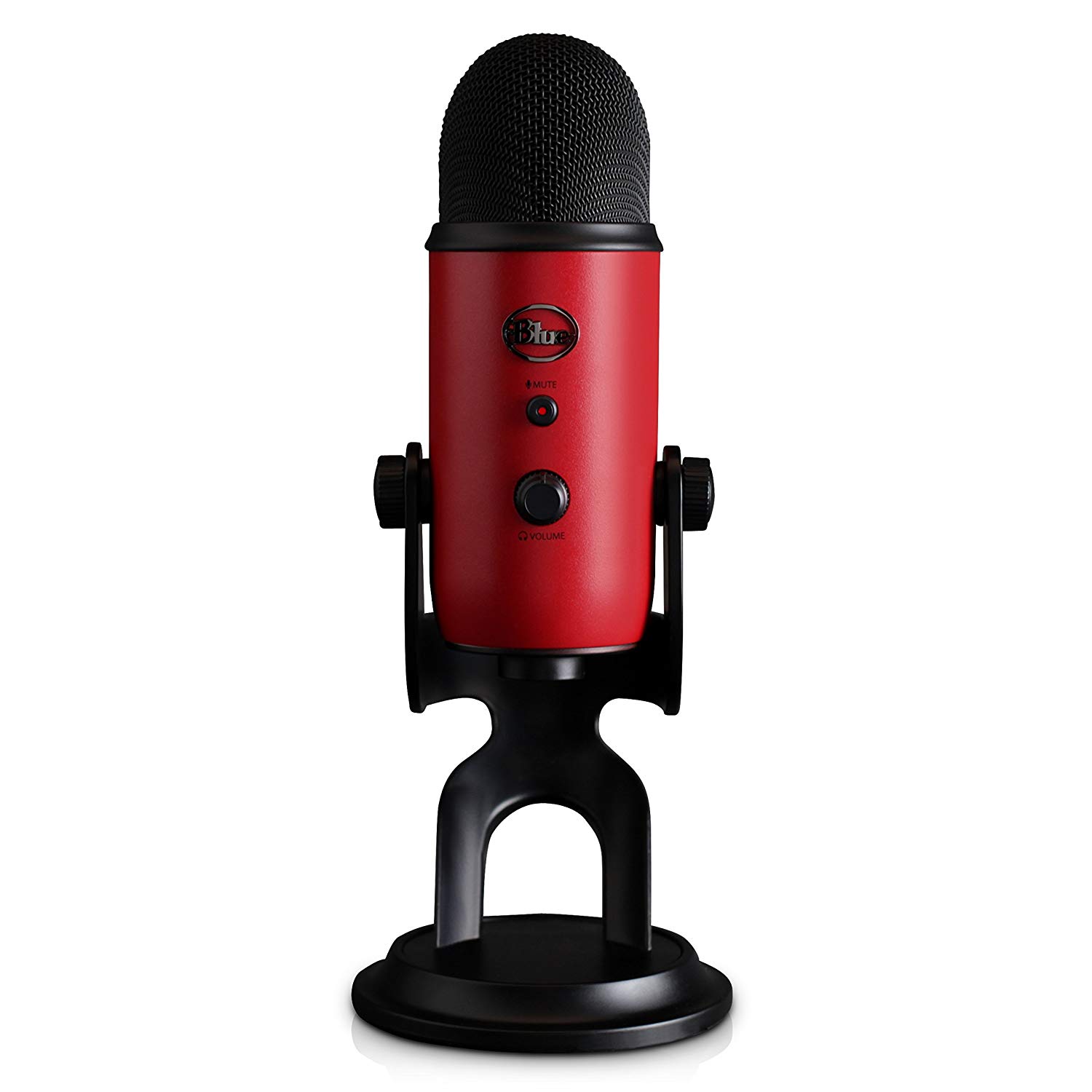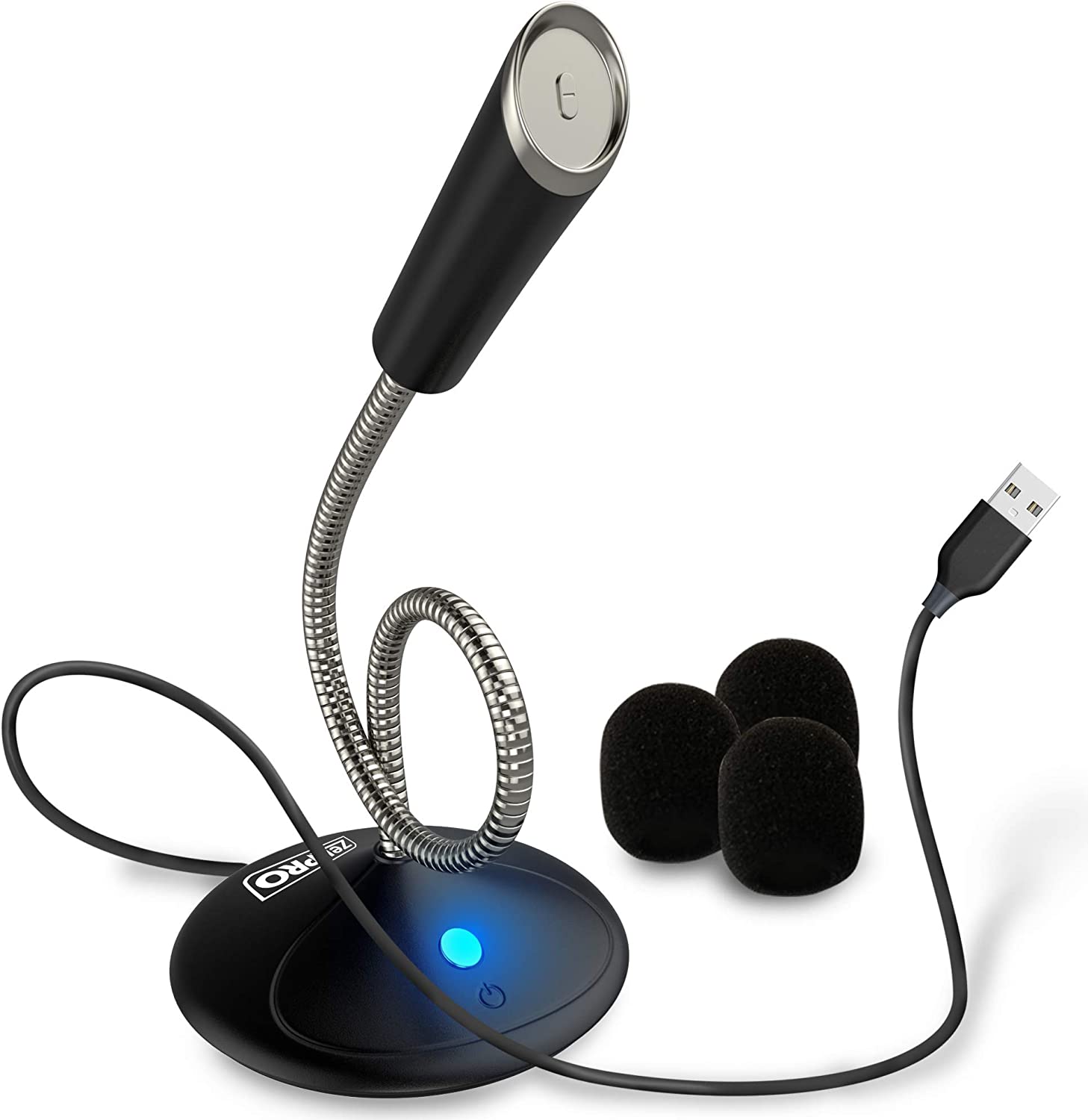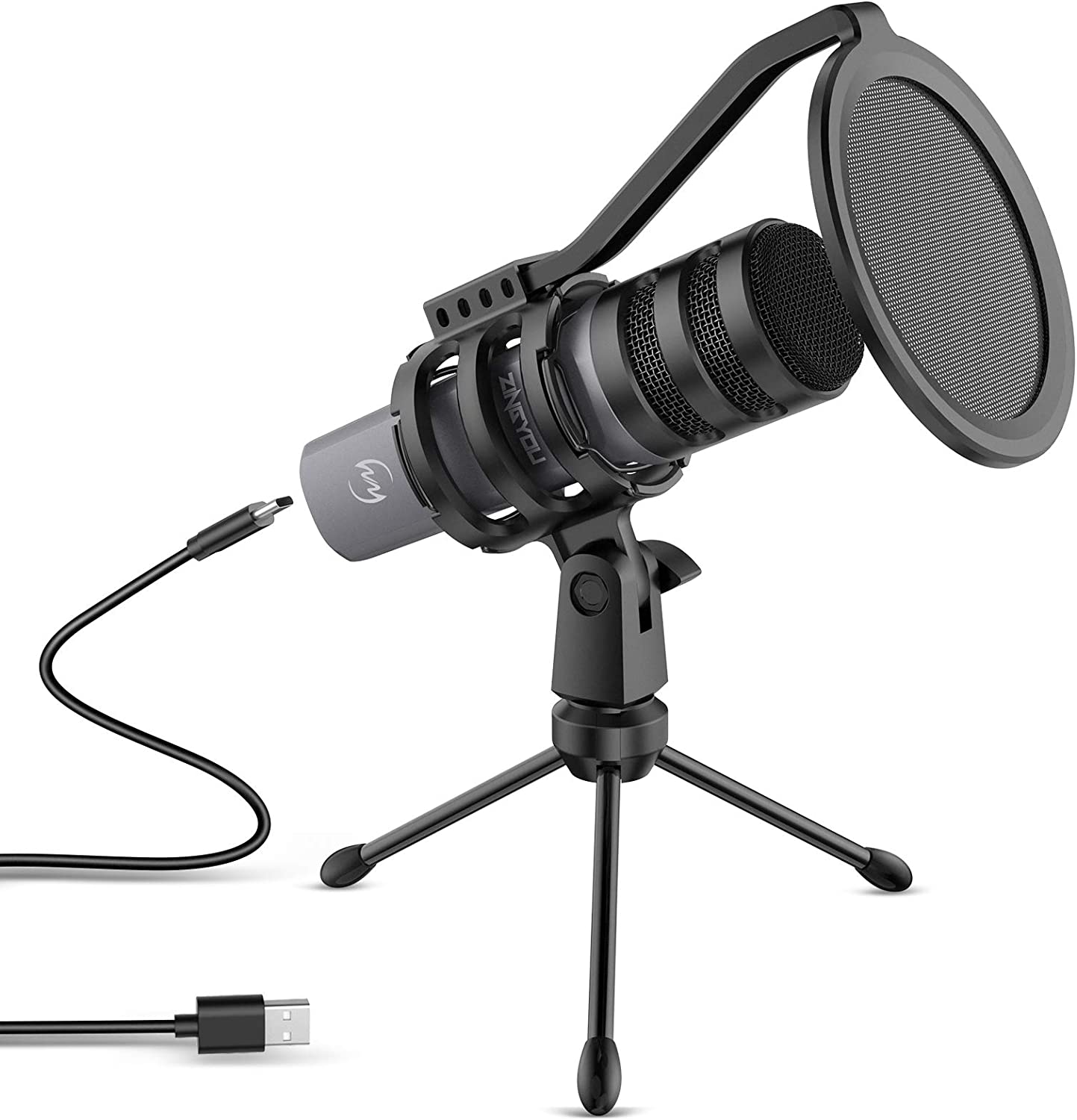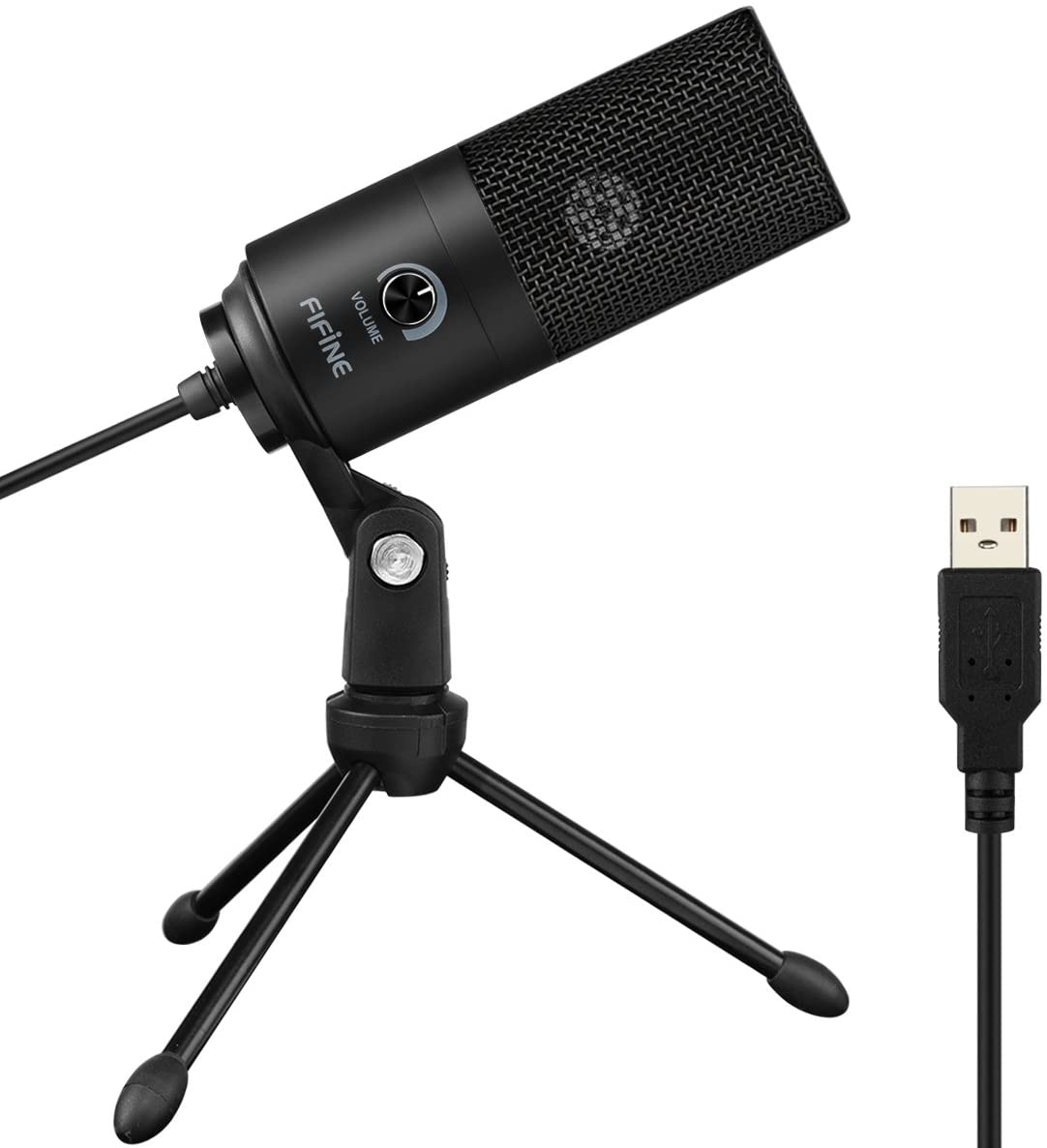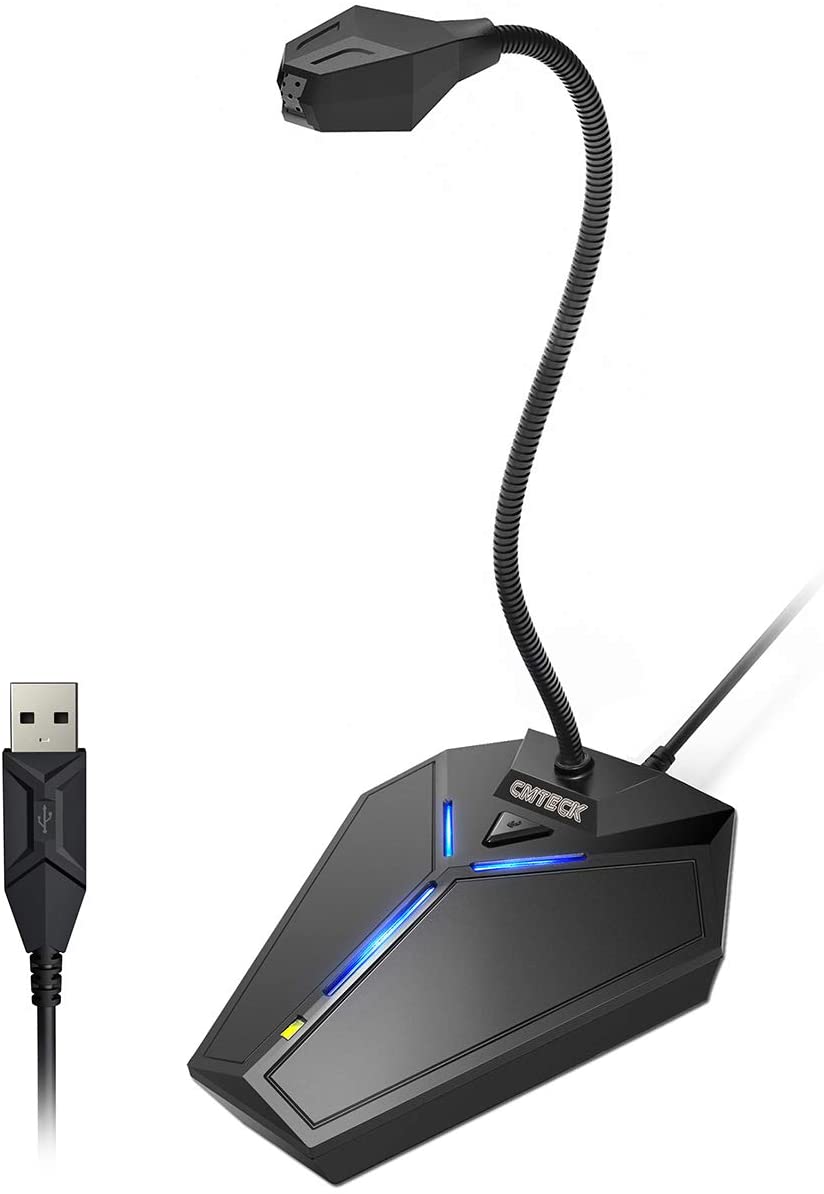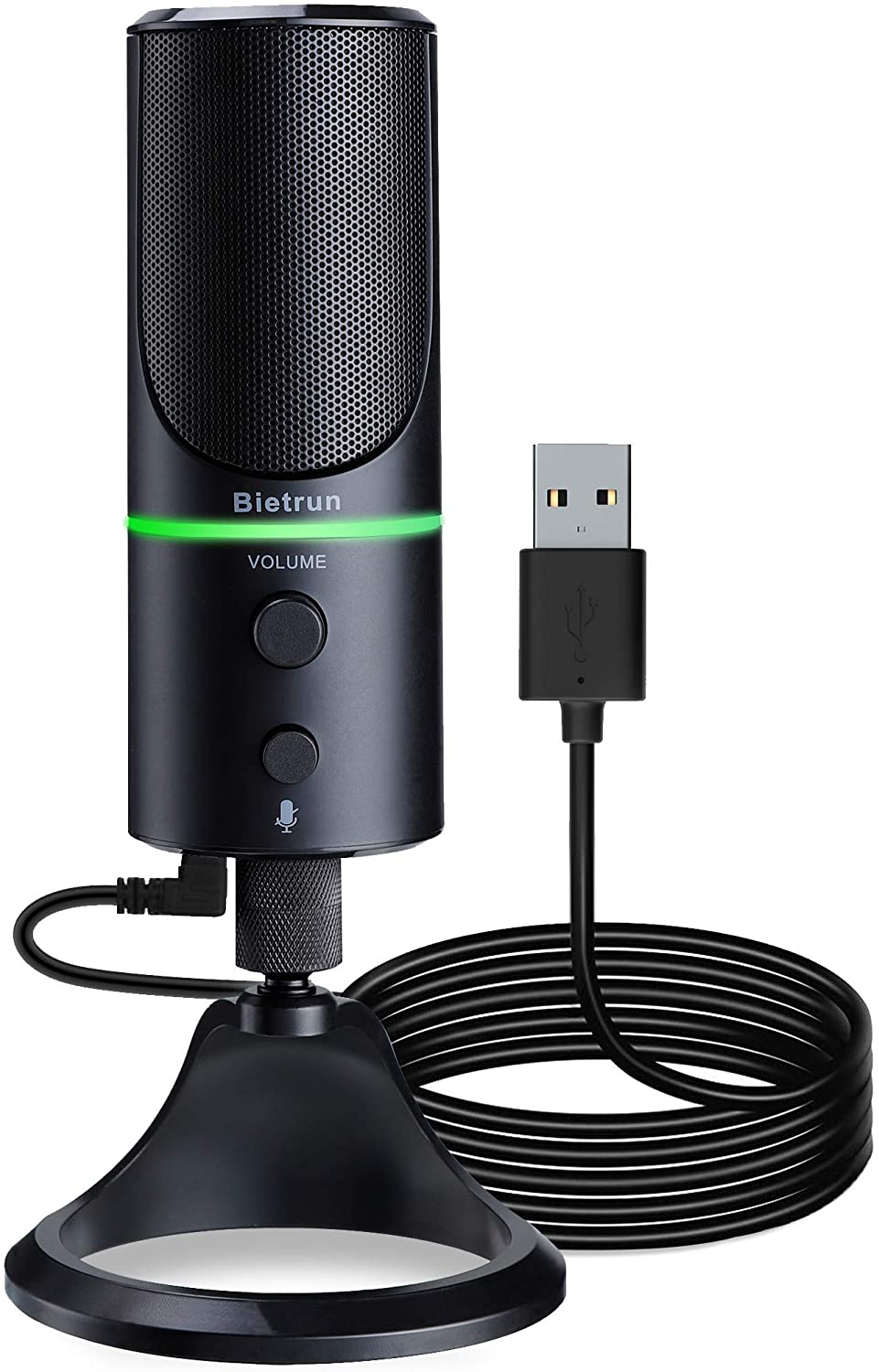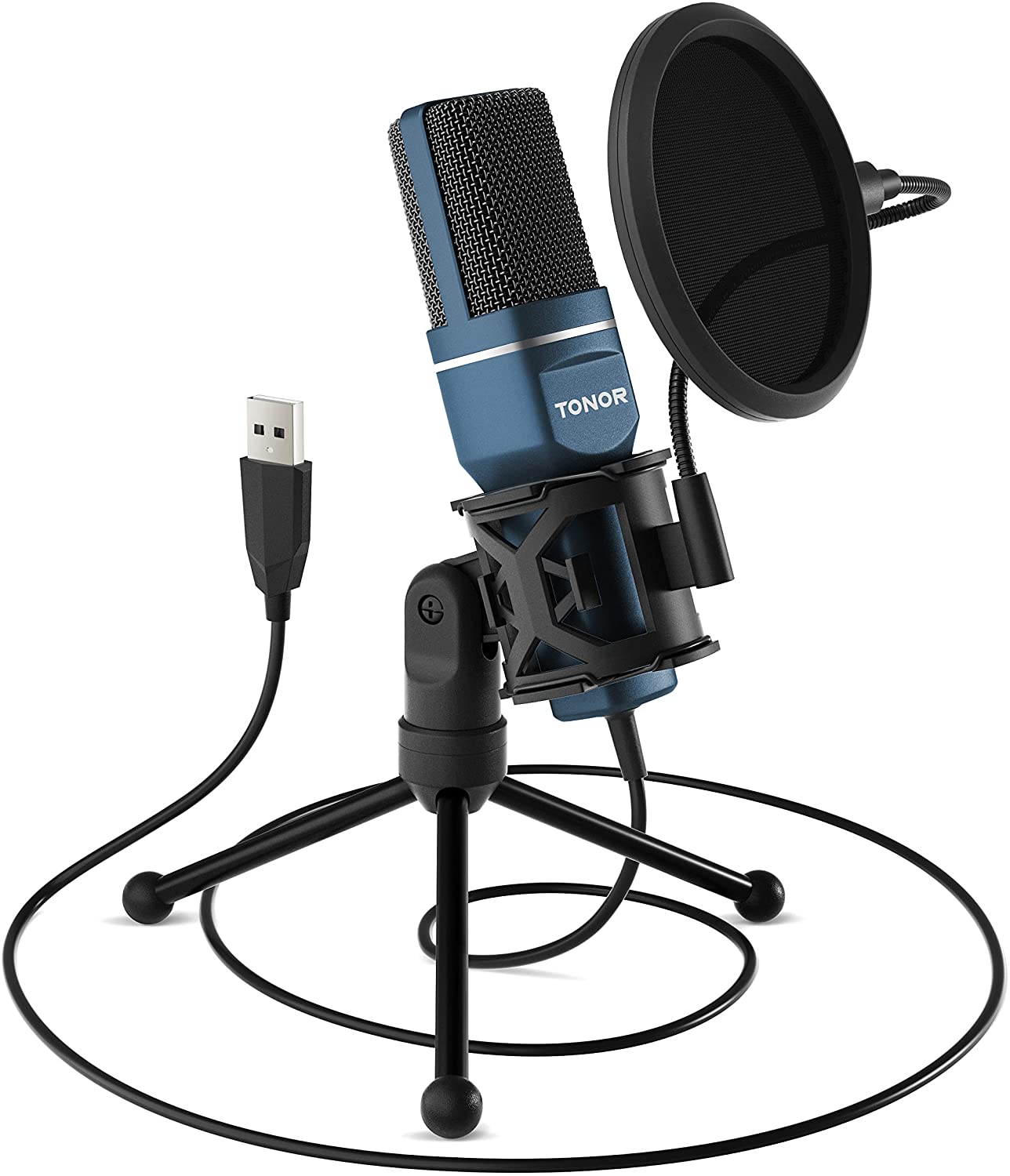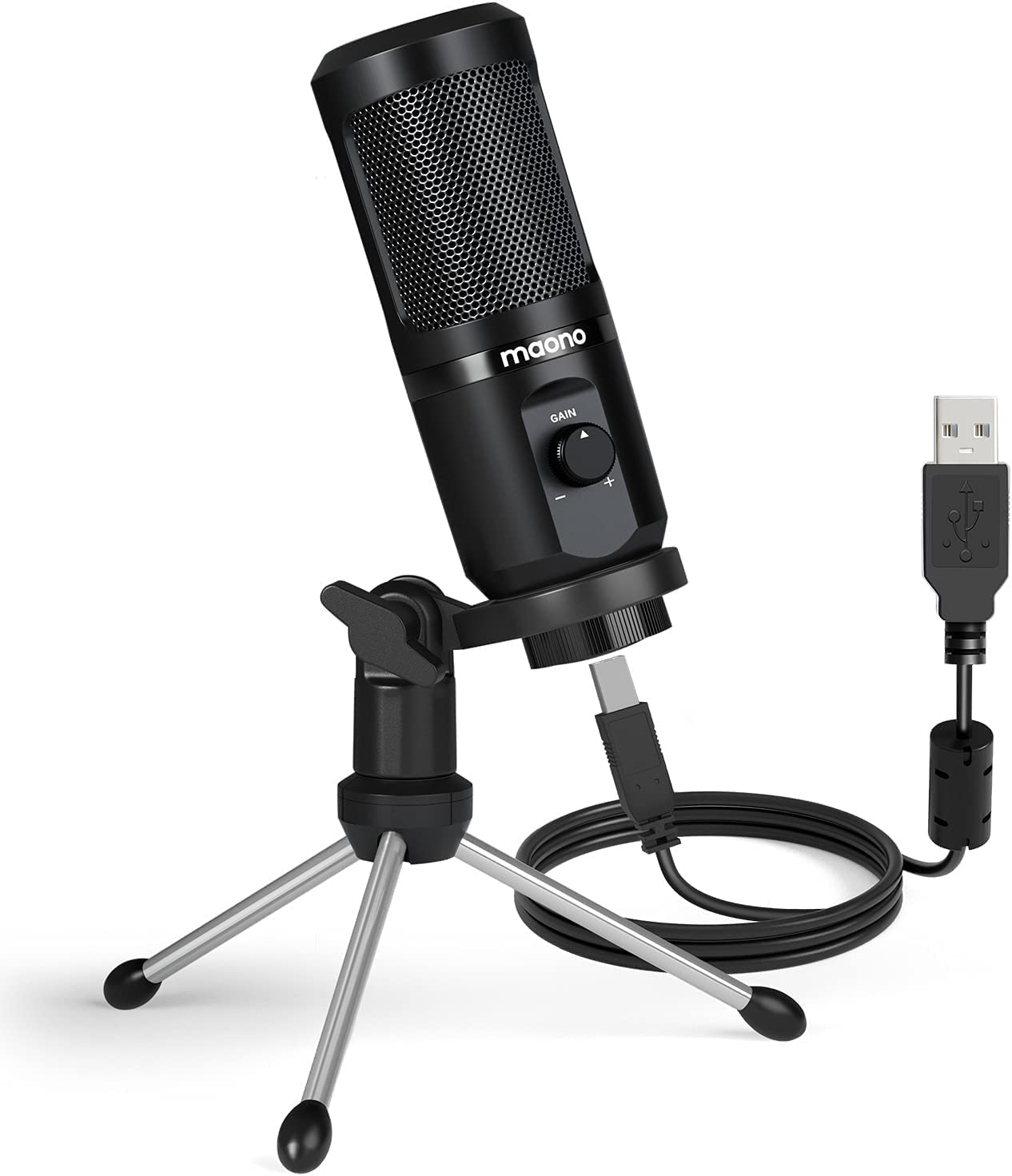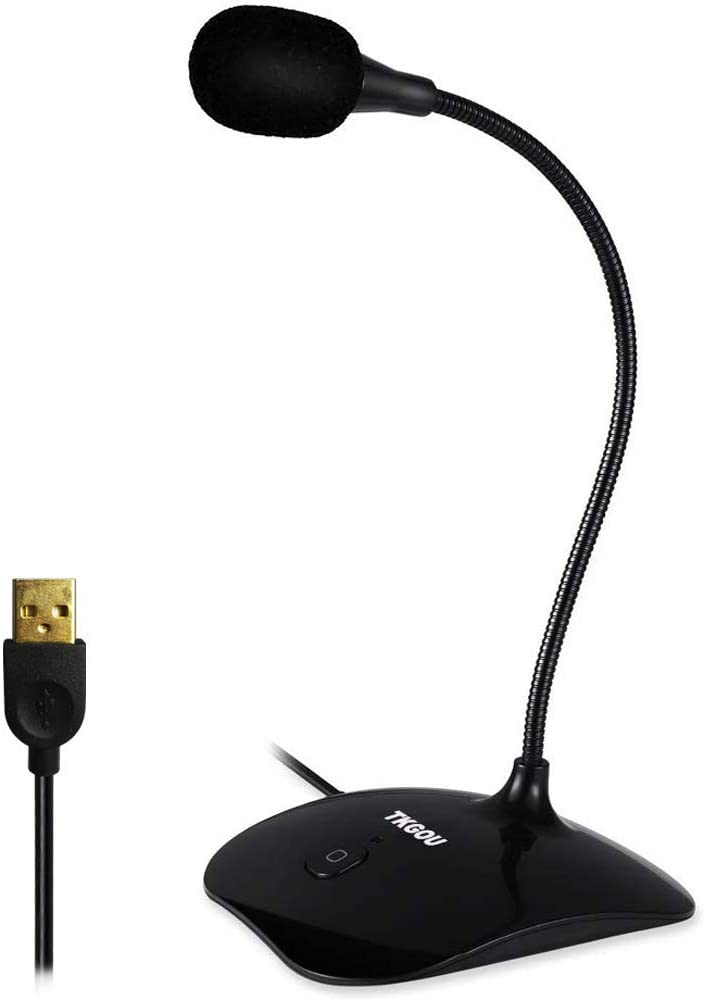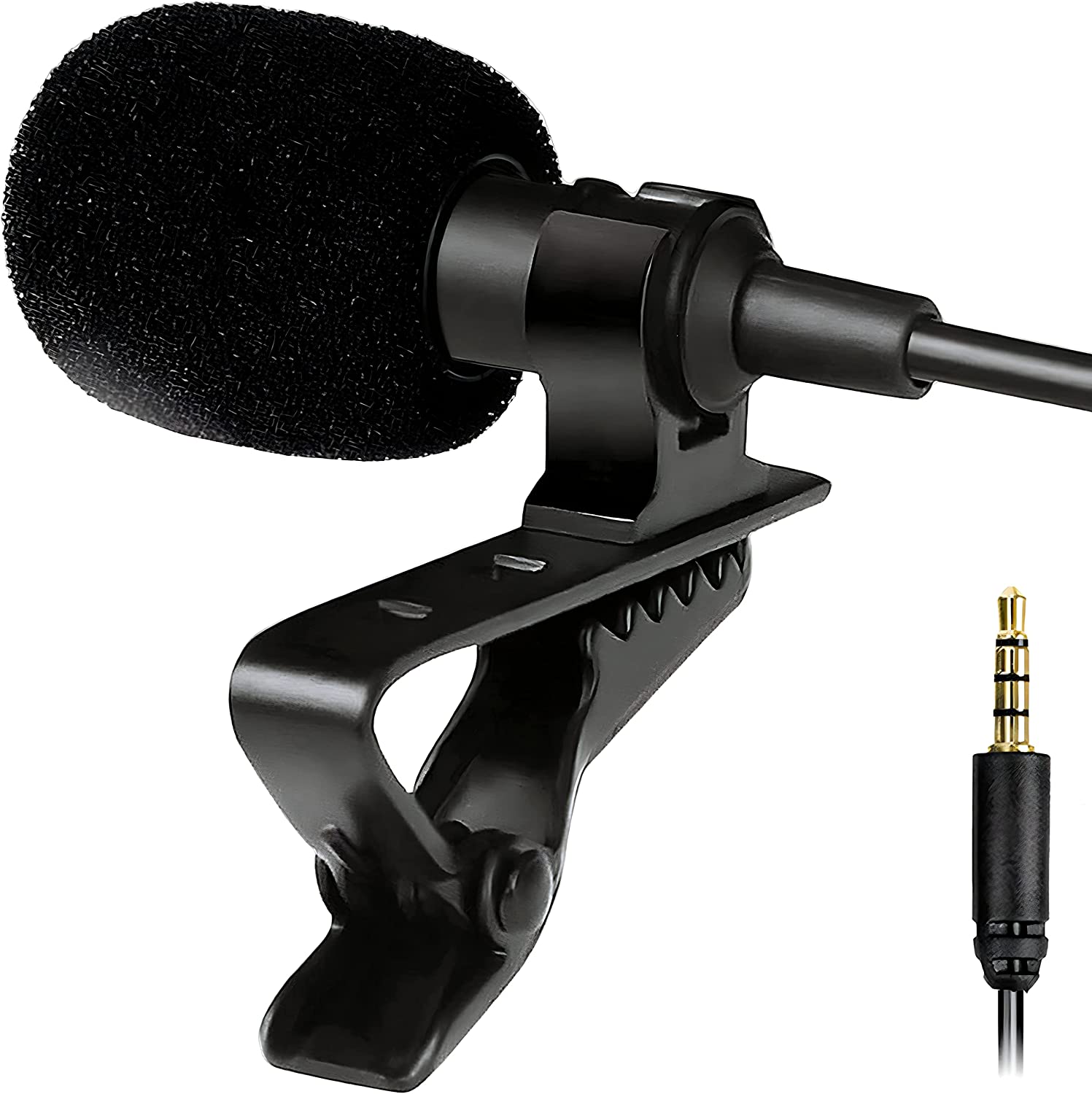JOUNIVO USB Goosneck Laptop Microphone
Last updated: March 29, 2023
The streamlined design of this laptop microphone means you don't need to fiddle with volume or other controls. Everything can be adjusted through Windows, though the default settings are great for most users. The omnidirectional pickup makes it great for podcasting or any general audio use.
We looked at the top Laptop Microphones and dug through the reviews from some of the most popular review sites. Through this analysis, we've determined the best Laptop Microphone you should buy.
Product Details
Key Takeaway: Get great pickup without the noise in this sleek laptop mic.
In our analysis of 8 expert reviews, the JOUNIVO USB Goosneck Laptop Microphone placed 6th when we looked at the top 11 products in the category. For the full ranking, see below.From The Manufacturer
360 Degree Position Adjustable Gooseneck Design –Adopting the design of metal gooseneck pipe pickup the sound from 360-degree with high sensitivity, in the best possible location for sound to your PC gaming,dragon voice dictation,and talk to Cortana. Mute Button & LED Indicator –One click to mute/unmute your microphone,Build-in LED indicator tells you the working status at any time. Intelligent Noise Canceling Tech –Premium omnidirectional condenser microphone with noise canceling technology can pick up your clear voice and reduce background noise and echo. Plug&Play — no need to drive,Just need to plug & play for the microphone to start recording,Compatible with windows(7, 8 and 10) and Mac OS.(NOT compatible with Raspberry Pi/Linux/Android). Solid Construction–Adopting premium metal pipe and heavy-duty ABS stand to make sure that you will be satisfied with our computer mic quality.
